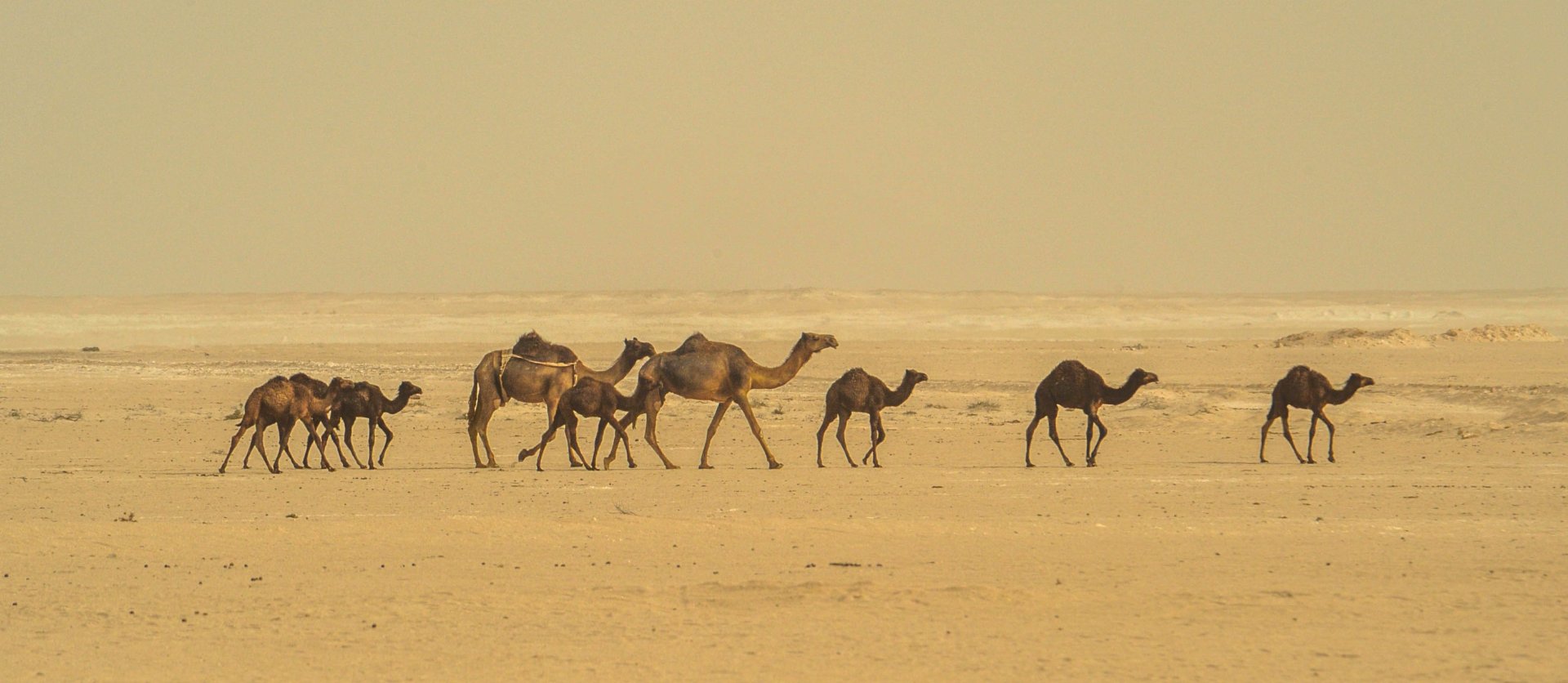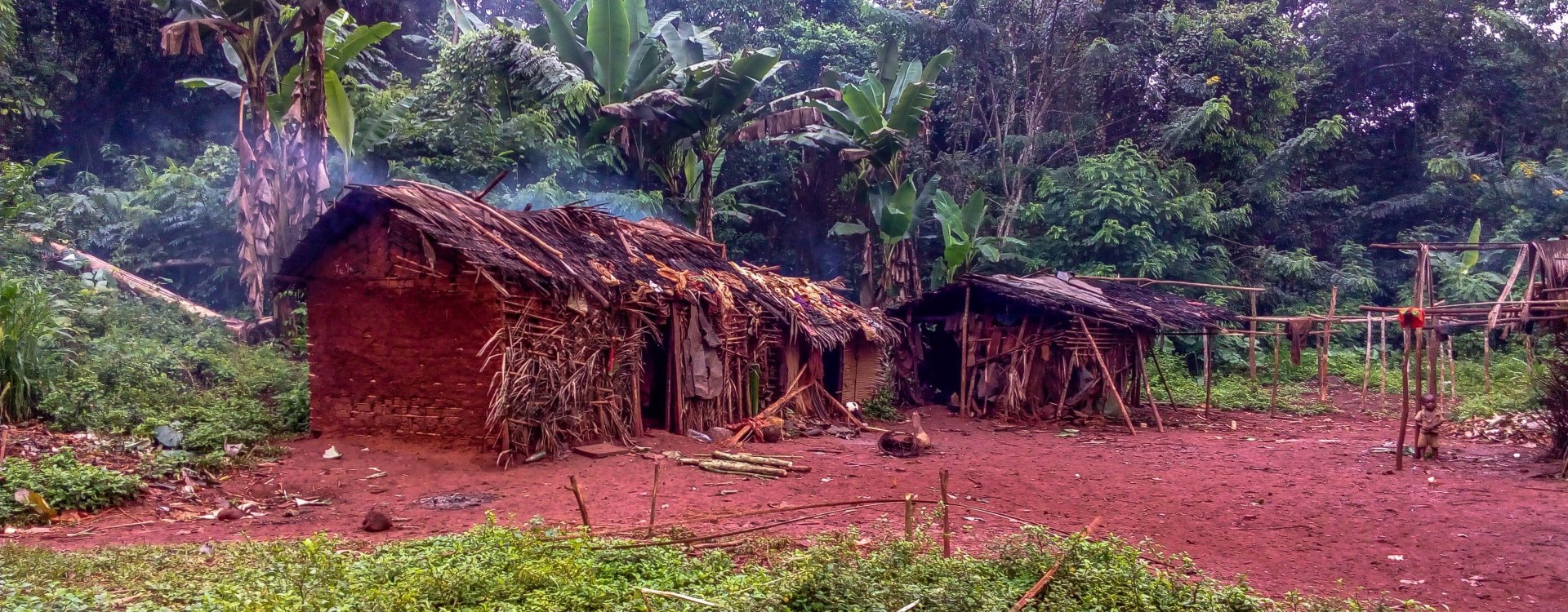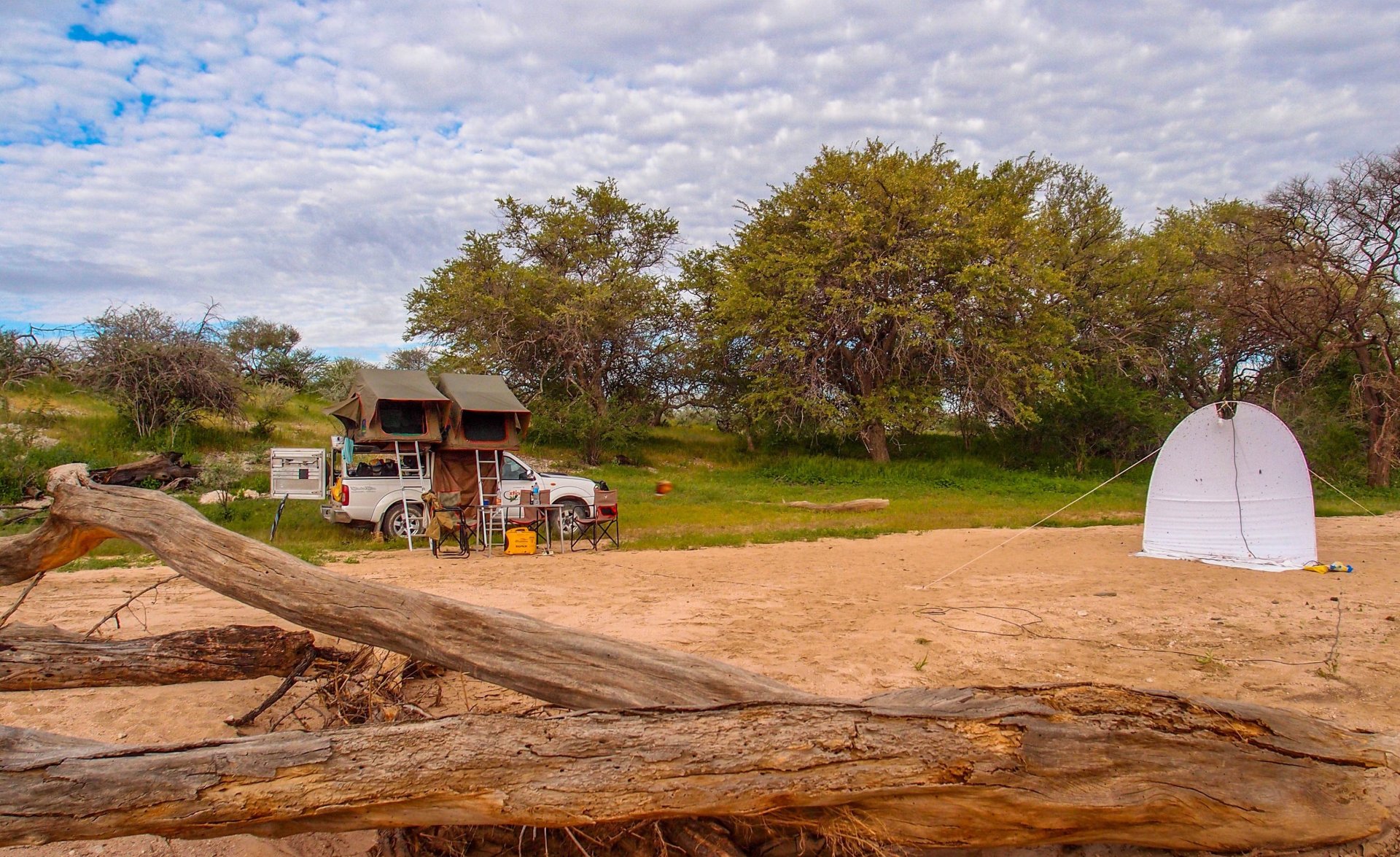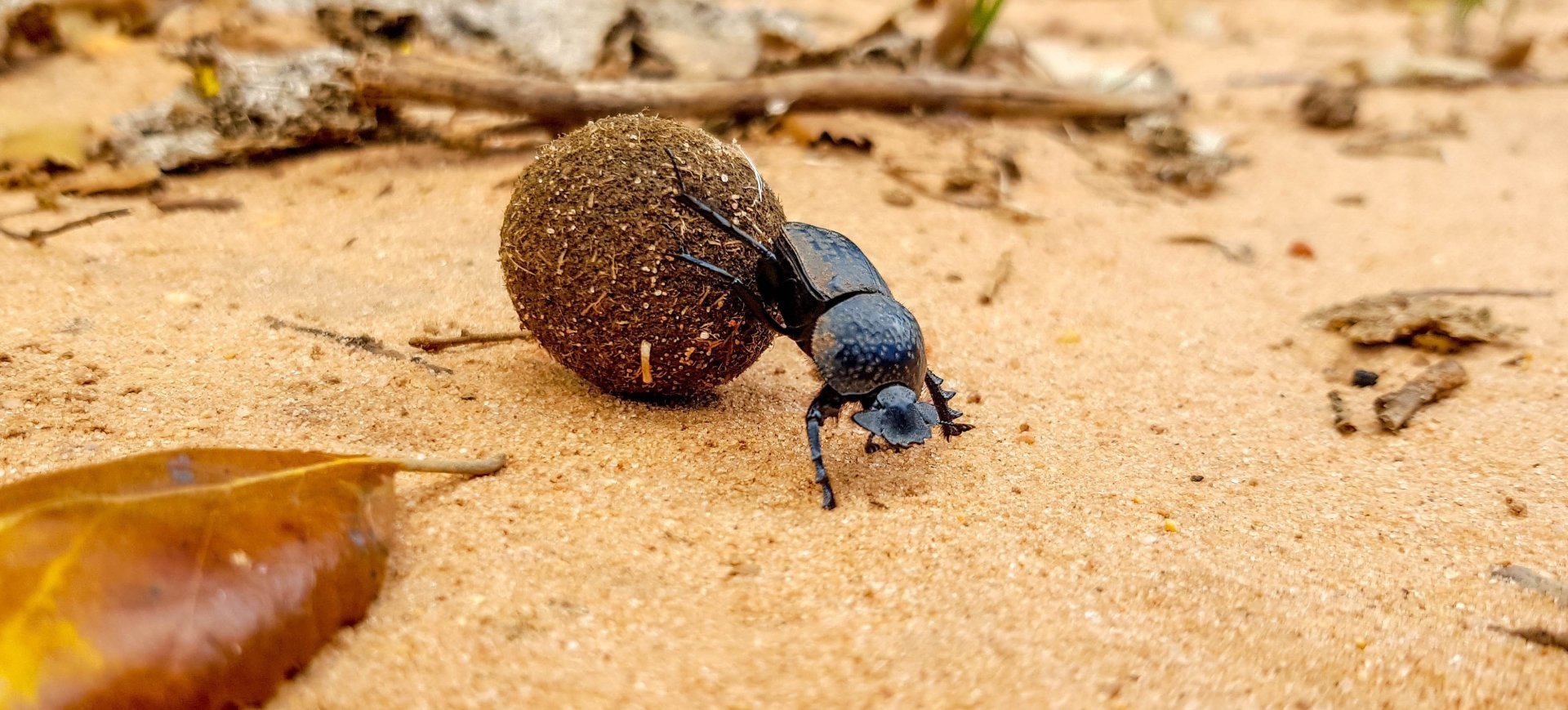







The Jabel Barez Mountains are a prominent mountain range located in southeastern Iran. Known for their rugged beauty and high peaks, the range is part of the larger Zagros Mountain system. They hold significant geographical and ecological importance, as well as being culturally and historically significant to the local communities. The mountains are characterized by steep slopes, deep valleys, and scattered villages, contributing to their dramatic and picturesque landscape.
The Jabel Barez Mountains stretch across the southeastern provinces of Kerman and Hormozgan in Iran. They form a natural barrier between the central Iranian Plateau and the coastal regions of the Persian Gulf and Gulf of Oman. The range includes some high-altitude peaks, with elevations reaching over 3,000 meters (approximately 9,800 feet) above sea level. Its rugged terrain is interspersed with fertile valleys that support agricultural activities, while its proximity to the Lut Desert creates a stark contrast between arid lowlands and high-altitude conditions.
The Jabel Barez Mountains are home to a diverse range of flora and fauna, with species adapted to both the mountain climate and the surrounding arid environments.
The Jabel Barez Mountains experience a climate that varies with altitude: